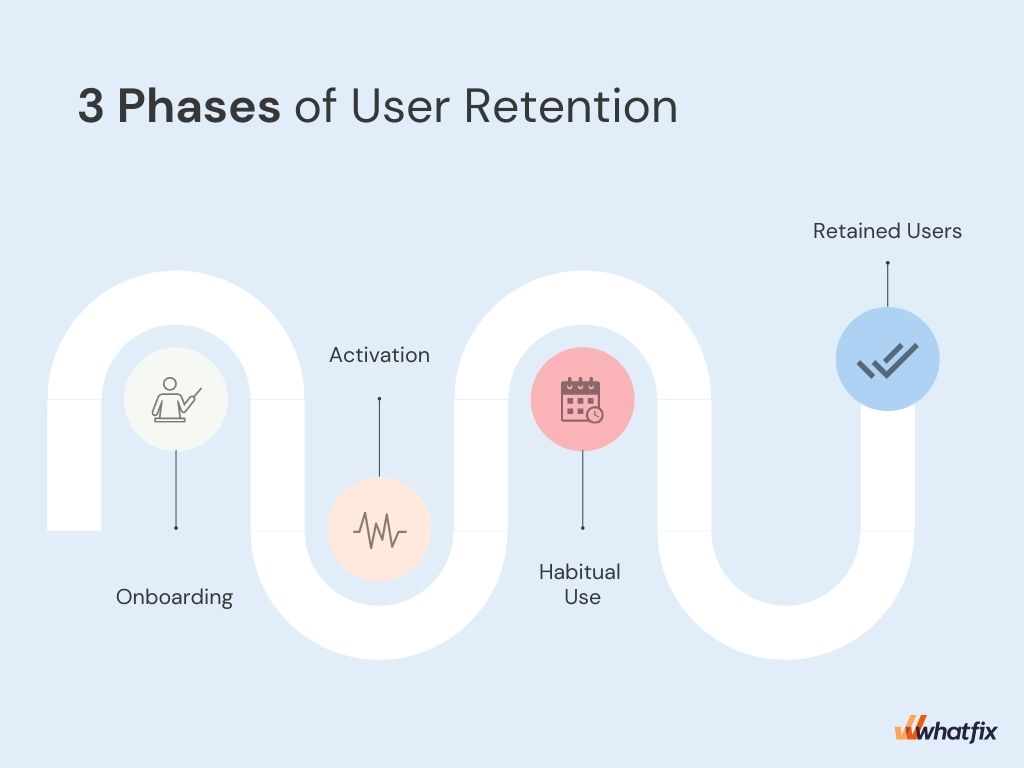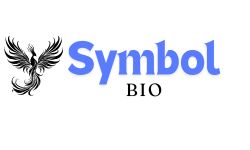
When users abandon your app after a short time, it can feel like a missed opportunity. Improving your app’s retention rate is essential for sustainable growth. Whether you’re a growth marketer, product manager, or startup founder, understanding how to measure and increase app retention rate is crucial for building lasting user engagement.
In this article, we’ll break down exactly how to track your app’s retention rate and implement strategies that improve it.
What Is App Retention Rate and Why Does It Matter?
The app retention rate measures the percentage of users who return to your app after their initial visit. It is an important metric that reveals the effectiveness of your user experience and the value users derive from your app over time. Without solid retention, all your acquisition efforts are at risk of being wasted.
A low retention rate can signal issues with your app’s onboarding, user interface, or overall value proposition. On the other hand, high retention suggests that users find your app valuable and worth returning to, contributing to organic growth and a higher lifetime value (LTV).
Retention can be tracked over several timeframes, most commonly Day 1, Day 7, and Day 30 retention rates. These provide insight into how well your app engages users shortly after they first download it and whether it retains them in the long term.
How to Measure App Retention Rate?
To effectively measure your app’s retention rate, you’ll need to track the following:
- Day 1 Retention Rate: The percentage of users who return to your app one day after installation. A high Day 1 retention rate often indicates that users found value in your app during their initial interaction.
- Day 7 Retention Rate: This metric indicates the percentage of users who continue to engage with your app after one week. If users return for multiple days, it suggests that your app is starting to establish a habit in their daily routine.
- Day 30 Retention Rate: A strong indicator of long-term engagement, Day 30 retention rates measure how sticky your app is over the long haul. Low rates here suggest a need for product enhancements or more engagement strategies.
Additionally, DAU (Daily Active Users) and MAU (Monthly Active Users) help assess ongoing engagement, and the Stickiness Ratio, calculated by dividing DAU by MAU, indicates how often your active users return on a daily basis.
Industry Benchmarks for App Retention Rate
Knowing how your app compares to industry standards is essential. Average app retention rates vary by industry, but the following general benchmarks can give you a rough idea:
- Day 1 Retention: 40-60%
- Day 7 Retention: 20-30%
- Day 30 Retention: 10-20%
These rates can fluctuate based on the type of app, its purpose, and the user experience you offer. For example, apps in the gaming industry often experience higher retention rates due to their engaging content. In contrast, productivity or utility apps may have lower retention as they don’t rely on frequent interaction.
Key Strategies to Improve App Retention Rate
Once you understand your app’s retention rate and compare it with industry standards, it’s time to improve it. Below are several strategies that can help.
- Optimize Onboarding
First impressions matter. Your onboarding process should help users understand your app’s value in just a few simple steps. If users get confused or frustrated in the early stages, they may never return.
- Simplify Registration: Minimize the number of steps required to sign up or create an account. The easier you make it to get started, the better.
- Guided Tutorials: Provide quick, interactive walkthroughs that demonstrate how to utilize key features.
- Immediate Value: Ensure that users experience the app’s core value quickly. Provide them with a clear benefit or action that encourages continued use.
- Use Push Notifications Wisely
Push notifications are a great way to bring users back, but they can become annoying if not appropriately handled.
- Timeliness: Send notifications at strategic times when users are most likely to be receptive.
- Personalization: Tailor messages to users based on their behavior. A personalized message based on previous activity is more likely to prompt action than a generic one.
- Clear CTAs: Each push notification should have a clear call-to-action that encourages users to take immediate steps within the app.
- In-App Messaging for Continuous Engagement
In-app messaging enables you to communicate directly with users while they’re actively using the app. This method fosters engagement in real-time.
- Onboarding Support: Use in-app messages to guide users through features they haven’t yet explored.
- Personalized Updates: Show users relevant content or updates based on their previous behavior, keeping them informed without feeling overwhelmed.
- Implement Gamification
Incorporating gamified elements into your app can significantly increase user engagement. Gamification taps into users’ competitive instincts, making them more likely to return to the app regularly.
- Leaderboards: Show users how they compare to others.
- Rewards: Implement a rewards system that offers points, badges, or levels to encourage engagement.
- Challenges: Create daily or weekly challenges to encourage users to return regularly and earn rewards or unlock new features.
- Collect and Act on User Feedback
Paying attention to user feedback is key to keeping them engaged. By looking at their suggestions and how they use your app, you can make improvements that better align with what they want.
- Surveys and Ratings: Encourage users to provide feedback through in-app surveys or rating prompts.
- Feature Requests: Pay attention to recurring requests and prioritize them in your app’s roadmap.
- Bug Fixes: Address technical issues promptly. Slow load times or app crashes can deter users.
- Personalization at Scale
Customizing the experience for users is one of the best ways to keep them engaged and coming back. When the experience feels more relevant to them, they’re more likely to return.
Platforms like Nudge, powered by AI, can automatically adjust the user experience based on how individuals interact with the site, removing the need for ongoing manual A/B testing. By tailoring user experiences in real-time, platforms like Nudge make it easier to create experiences that resonate with individual users, boosting engagement and retention.
Conclusion
Improving your app retention rate isn’t a one-time task; it requires ongoing attention. Regularly monitor your retention metrics, analyze user behavior, and refine your approach to keep users engaged and motivated.
One solution that can significantly boost app retention is integrating AI-driven personalization, such as Nudge. Nudge’s ability to analyze user behavior in real-time and deliver 1:1 personalized experiences can directly influence retention rates by keeping users engaged and satisfied.
Book a demo with Nudge today and see how our AI-driven platform can help you enhance app retention and drive lasting user engagement.
